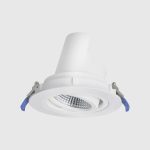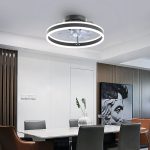Quick Guide: Resetting Your LED Light Remote in Simple Steps
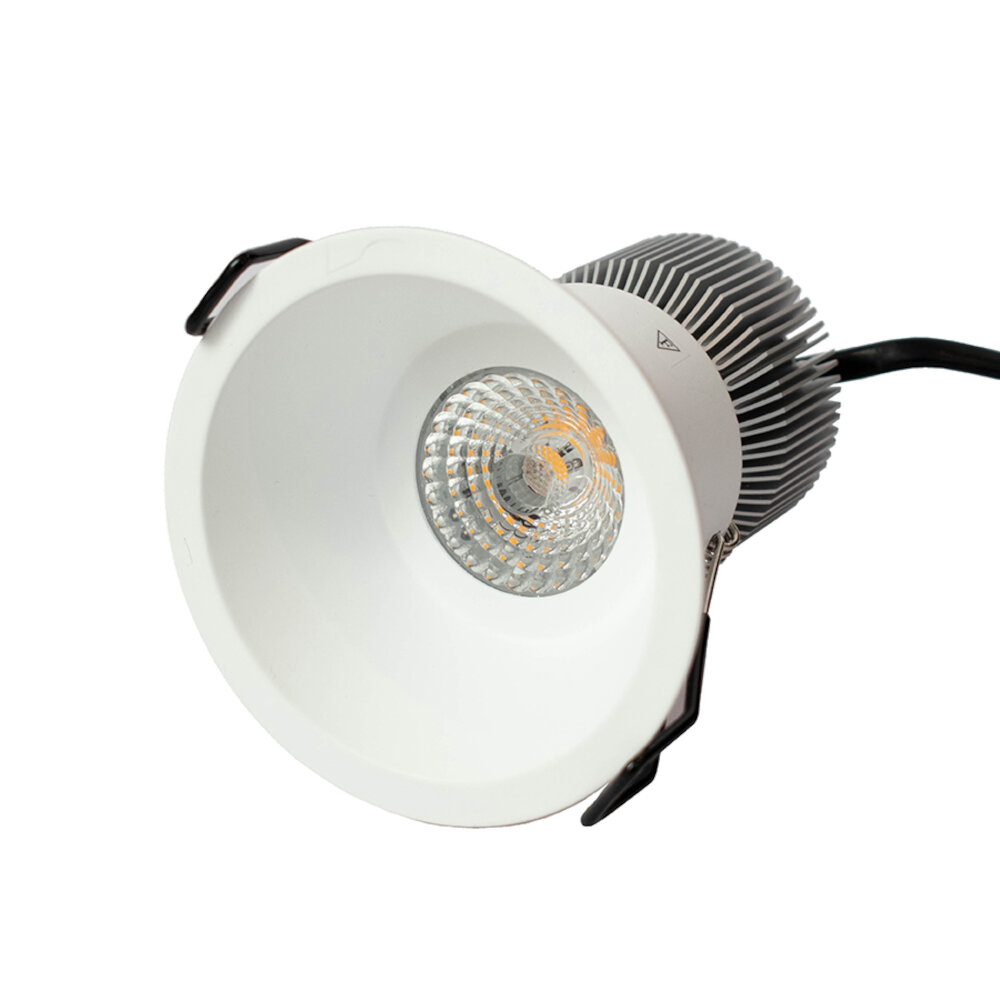
LED lights are a popular choice among homeowners and businesses alike, thanks to their energy efficiency and long lifespan. However, like any other electronic device, LED lights can experience technical issues over time, and one of the most common problems is a malfunctioning remote control. If you’re struggling to get your LED light remote to work properly, then you may need to reset it. Fortunately, resetting your LED light remote is a quick and easy process that you can do in just a few simple steps. In this quick guide, we’ll show you how to reset your LED light remote, so you can get back to enjoying your lights in no time. Before we get started, it’s important to note that the steps for resetting your LED light remote may vary depending on the brand and model of your device. However, the basic principles should be the same across the board. If you’re unsure about how to reset your remote, then it’s always a good idea to consult the user manual or contact the manufacturer for guidance. With that said, let’s dive into the simple steps you can take to reset your LED light remote and get it working like new again.
Resetting the remote for your LED light is essential for maintaining the functionality of the device. Over time, the remote may become unresponsive or fail to operate correctly due to various issues such as battery problems or signal interference. Resetting the remote can help to resolve these issues and ensure that the device operates correctly. This guide will cover the step-by-step process of resetting your LED light remote in simple and easy-to-follow steps. Whether you’re a novice or an experienced user, this guide will provide you with the necessary information to reset your remote without any difficulties.
Check the Batteries
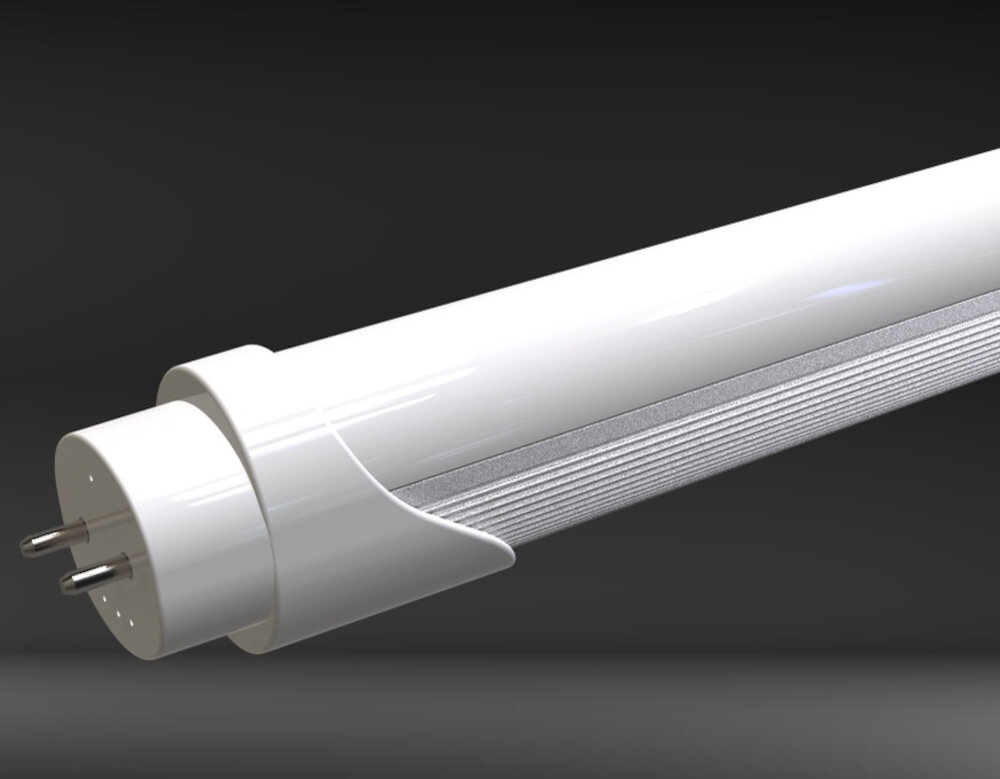
One of the most common reasons why an LED light remote fails to work is due to low battery power. Therefore, it is crucial to check the batteries before attempting any other troubleshooting methods. Start by removing the cover or back of the remote to access the batteries. Examine the batteries for any signs of corrosion, such as a powdery white substance. If you notice any corrosion, clean the affected area with a cotton swab dipped in vinegar or lemon juice. After cleaning, dry the batteries thoroughly before reinstalling them in the remote. If the batteries are in good condition, try replacing them with new ones, as the old ones may have lost their charge. It is important to note that not all LED light remotes use the same type of batteries. Therefore, be sure to check the manufacturer’s instructions or the label on the remote for the correct battery type. Using the wrong type of battery can damage the remote or cause it to malfunction. Additionally, it is a good idea to keep spare batteries on hand in case the batteries in your remote run out unexpectedly. By checking and replacing the batteries regularly, you can ensure that your LED light remote is always in good working condition.
To check the batteries on your LED light remote, you should first locate the battery compartment on the back of the remote. Once you have found it, remove the cover and take out the batteries. Check the contacts in the compartment for any signs of corrosion or dirt, and clean them if necessary. To replace the batteries, make sure you use the correct type and insert them with the correct polarity. Finally, replace the cover and test the remote to ensure it is functioning properly. Regularly checking and replacing the batteries in your LED light remote can extend the life of the remote and improve its performance.
Turn Off the LED Lights
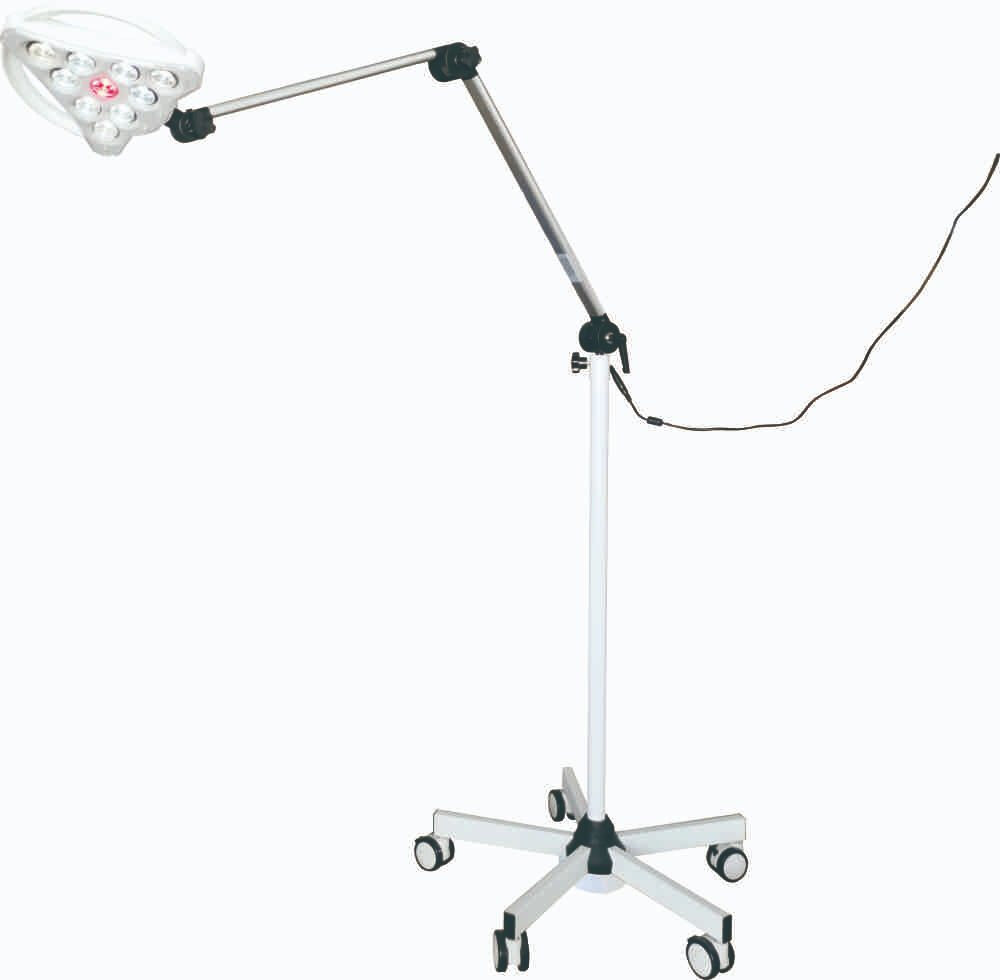
One of the most important steps in resetting your LED light remote is to turn off the LED lights before you begin the process. This is an important step because it ensures that you are starting with a clean slate and that there are no lingering settings or configurations that could interfere with the reset process. Turning off the LED lights is also important because it can help to reduce the risk of electrical shock or other hazards while you are working with the remote. To turn off the LED lights, simply locate the power switch on the light fixture or the power cord and flip it to the \off\ position. If your LED lights are connected to a smart home system or another type of automation system, you may need to use the appropriate app or device to turn off the lights. Once the lights are off, you can proceed with the reset process as outlined in your user manual or other instructions. By following these steps and turning off the LED lights, you can ensure that your reset process goes smoothly and that you are able to regain control of your lighting system quickly and easily.
To reset the remote for your LED lights, the first step is to turn off the LED lights. This can be done by either unplugging the power source or by using the power button on the remote. Once the LED lights are turned off, hold the power button on the remote for 5-10 seconds until the LED lights on the remote start flashing. This indicates that the remote has been reset and is ready to be reprogrammed. It is important to note that resetting the remote will erase any previously programmed settings, so it is advisable to have the instructions for programming the remote on hand before resetting it. With these simple steps, resetting your LED light remote will be a breeze.
Reset the Remote

When it comes to resetting the remote for your LED light, it’s a simple process that can be accomplished in just a few easy steps. First, locate the reset button on the back of the remote. This button is typically small and may be labeled as \reset\ or simply have a small circular arrow icon. Once you’ve found the button, use a small object such as a paperclip or toothpick to press and hold it down for several seconds. You may hear a beep or see a flash of light from the remote indicating that the reset was successful. After resetting the remote, you’ll need to reprogram it to control your LED lights. This can typically be done by following the instructions provided with your LED light kit or contacting the manufacturer for assistance. In general, the process involves putting your LED lights into pairing mode and then pressing the appropriate buttons on the remote to link it with the lights. Once you’ve successfully paired the remote with your lights, you should be able to control them with ease. Overall, resetting your LED light remote is a quick and simple process that can help resolve any issues you may be experiencing with your lights.
If you’re having trouble with your LED light remote control, resetting it might be the solution to your problem. Luckily, the process is quite straightforward and can be done in just a few simple steps. To begin, locate the small reset button on your remote and press it using a toothpick or a similar object. Next, hold down the power button and the \up\ button simultaneously for five seconds until the LED light on the remote flashes. Then, release both buttons and press the power button once again. Your remote should now be reset and ready to use. Following these simple steps can save you a lot of time and frustration when dealing with a malfunctioning LED light remote control.
Test the Remote
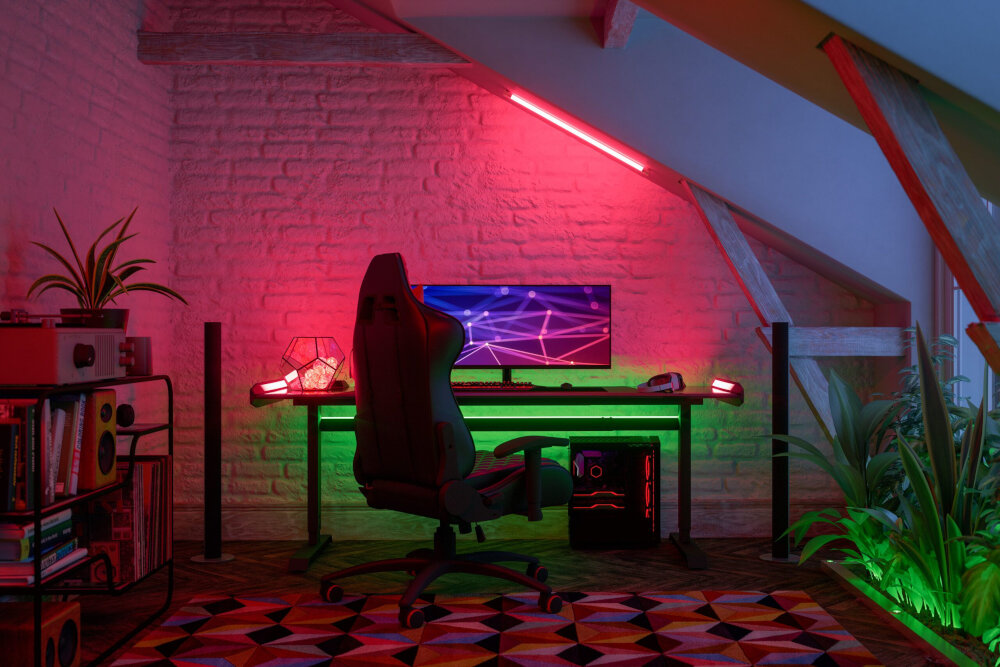
Testing the remote after resetting your LED light remote is an essential step to ensure that the reset process was successful. After following the reset instructions, you should turn on your LED light using the remote. Check if the remote is working correctly by changing the color or brightness of the LED light. If the LED light responds to the remote, then the reset process was successful. However, if the LED light does not respond to the remote, you may need to repeat the reset process or replace the batteries in the remote. It is important to note that some LED lights may require a specific remote, and using the wrong remote may lead to malfunction of the LED light. Therefore, it is crucial to ensure that the remote you are using is compatible with your LED light. Testing your remote will also help you identify any other issues that may be affecting your LED light’s performance. If the LED light does not respond to the remote, you can troubleshoot other issues that may be causing the problem. For instance, you can check if the LED light is connected to the power source or if there is a problem with the LED light’s wiring. In some cases, the remote may be faulty, and you may need to replace it. Testing the remote after resetting your LED light remote is an important step that can help you identify any issues that may be affecting your LED light’s performance.
Once you have reset your LED light remote, it is important to test it to ensure that the reset was successful. To do this, turn on your LED lights and press the power button on the remote. If the lights turn on, press the color buttons to ensure that they change accordingly. Additionally, test the dimming and brightness buttons to ensure that they are functioning correctly. If any of the buttons are not working properly, repeat the reset process and try again. It is important to test the remote thoroughly to avoid any issues in the future and to ensure that your LED lights are working as they should.
If you’re experiencing issues with your LED light remote, resetting it could be the solution you need. The process is quite simple and involves a few easy steps. Firstly, remove the battery cover from the remote and take out the batteries. Press any button on the remote for 5 seconds to discharge any power left in the remote. Next, put the batteries back in and wait for the LED light to blink. Finally, press any button on the remote to check if it’s working. Resetting your LED light remote can help fix common issues such as the remote not responding or controlling the wrong LED light. So, if you’re having trouble with your remote, give resetting it a try and see if it solves the problem!
Conclusion

In conclusion, resetting your LED light remote is a simple task that can be accomplished in just a few steps. By following the quick guide provided, you can easily reset your remote and regain control over your LED lights. It’s important to remember that different remotes may have slightly different instructions, so be sure to check your manual or manufacturer’s website for specific guidance. Whether you’re experiencing technical difficulties or just want to start fresh, resetting your LED light remote is a great way to ensure that your lighting system is functioning properly. So, take a few moments to follow the steps outlined in this guide, and enjoy a perfectly lit space once again!


